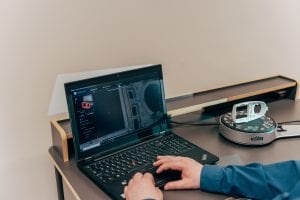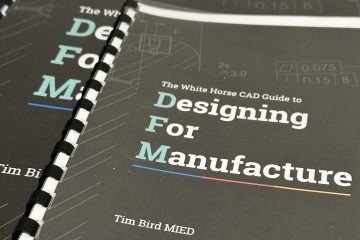 If you’re reading this on your computer, glance down to see the product in the spotlight for today’s fun fact. If you’re not, here are some hints:
If you’re reading this on your computer, glance down to see the product in the spotlight for today’s fun fact. If you’re not, here are some hints:
- For some, this will be a simple tool that makes your work easier.
- It might be a plug-in or wireless.
- It could have a scroll or buttons.
- Or, for some of you, there will be a void, if you don’t use it.
So here you go, the invention in question is the computer mouse. The mouse started as a rough sketch and was made of wood. Created by American engineer Douglas Carl Engelbart and like most early prototypes, it was initiated by what’s to hand. Prototypes don’t have to be pretty; they just need to prove the concept. We list some features above, and like many inventions, it’s evolving with time and influencing things like shape, material, features, and the changing user needs.
 This week it’s been a combo of new concepts and the development of existing products. Like the first mouse, we’ve exchanged simple sketches with clients to get the ball rolling with some new concepts. Such sketches help to spark questions essential to developing the idea further. They help us to understand and adapt products. While tweaking one design and changing the material, we are helping our client to meet their fast-approaching distribution deadline.
This week it’s been a combo of new concepts and the development of existing products. Like the first mouse, we’ve exchanged simple sketches with clients to get the ball rolling with some new concepts. Such sketches help to spark questions essential to developing the idea further. They help us to understand and adapt products. While tweaking one design and changing the material, we are helping our client to meet their fast-approaching distribution deadline.
With over 40 years of experience, we’re no strangers to problem-solving or working with clients at any stage of product design. We’ve seen and made our fair share of to-hand prototypes! Our brief video explains our design process. It’s a great starting point if you’d like to know more about how this works, so please look. We can help take your idea to market, so let’s start a conversation to find out about the requirements.



You must be logged in to post a comment.